Introduction to Tailor’s Bunion Surgery:
Choosing to have a tailor’s bunion surgery is a very big step, and it is important to be fully informed before moving forward.
Tailor’s bunions can be extremely painful and many people find their lifestyles severely limited by the constant pain and restrictions a tailor’s bunion can cause. We understand that bulky shoe gear, and constantly applying padding to your tailor’s bunion is very frustrating, especially when, despite all efforts, the pain persists.
We believe that surgery should be the last resort for most patients, and we always recommend conservative treatment for tailor’s bunions before advancing on to surgical options. Make sure you have visited our informative page on the conservative treatments for tailor’s bunions before you move straight into the surgical options.
What causes the pain in a tailor’s bunion?
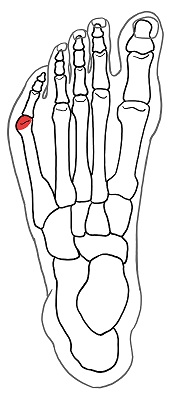
- A tailor’s bunion, also known as a bunionette, can feel like you have an extra bone in your foot pushing out the side. Many people are surprised to learn that the tailor’s bunion occurs when the normal bones in your foot have a troublesome shape or behave badly. A bunionette can be a combination of several specific things, each of which can be addressed surgically.
- Most often, the pain in your tailor’s bunion comes from a bone called the metatarsal bone pressing against the side of your shoe.
- Surgeries for a tailor’s bunion focus on the shape or position of the metatarsal bone, with varying combinations of additional procedures to address the bursa, soft tissue structures around the joint, and smaller bones in the little toe.
- It is crucially important to have your feet examined by a doctor with experience determining what combination of issues are causing your pain. A proper evaluation always includes an in-person examination of your foot, with a biomechanical exam, and x-rays to visualize the size, shape, and position of your bones.
Tailor’s Bunion Surgery
What happens during the surgery?
Tailor’s bunion surgeries will typically involve cutting the metatarsal bone to reduce it’s size by removing a small piece, and move part of the bone into better alignment so that it doesn’t press on the skin. We typically make a very stable cut in the bone similar to a common bunion procedure called the “Austin bunionectomy”. This cut is supported by many publications and in our extensive experience produces the most stable and effective fix for the Tailor’s bunion.
Once the bone is re-positioned, it’s held in place by 1-2 small screws which often are left in place after the surgery. Once your bone has healed screws may be removed or left in place.
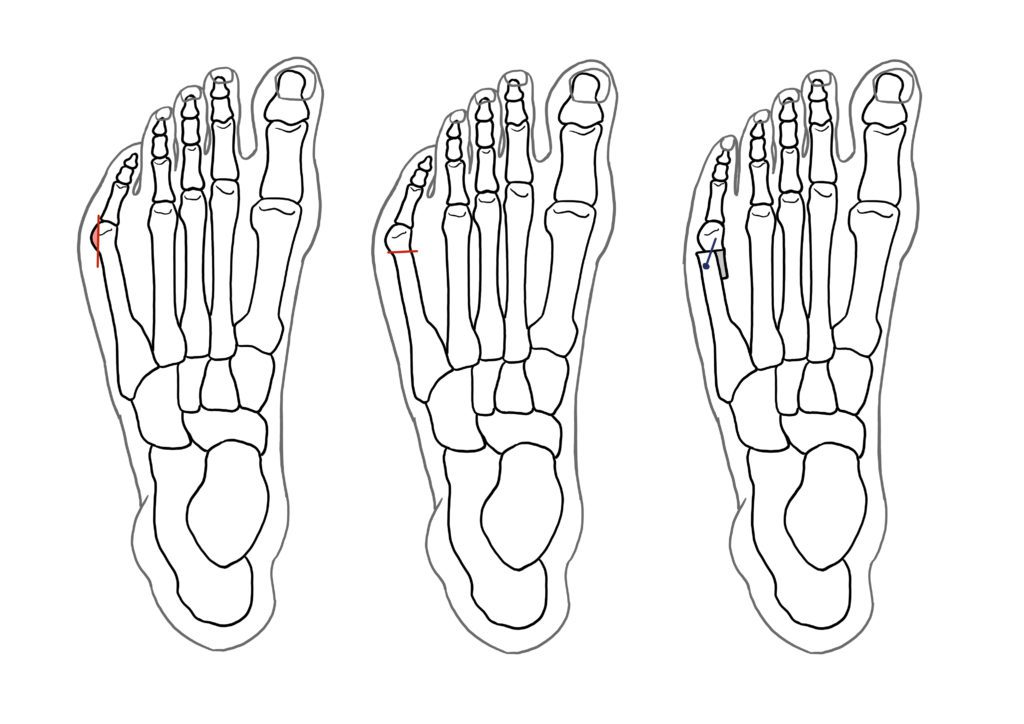
In addition to cutting the metatarsal bone, it is often necessary to remove the inflamed fluid filled bursa, this also reduces the bulky skin left over after a bunion procedure is performed.
The little toe can be addressed as well if your surgeon determines that it is contributing to your pain. In many cases, the little toe will sit in better alignment after the metatarsal bone is addressed, and the little toe may not need any surgery at all.
When should you consider surgery for a tailor’s bunion?
- You have exhausted all conservative treatment, and you are still experiencing pain from your bunionette.
- You have met with an experienced foot and ankle surgeon for a comprehensive examination including x-rays.
Is it the right time for you to have the tailor’s bunion surgery?
Often we find that many patients focus on whether or not they could have a surgery, and forget entirely to ask if they should have the surgery. Surgery is a big commitment for you, and making that decision requires partnering with the correct doctor who will help you navigate your options.
First Consider:
- Can you take time off from work for your procedure and recovery?
- Do you have appropriate housing to spend time recovering from your surgery?
- Do you have support around the house for the time you will need to be off your feet after surgery?
- Can you get around your house with crutches or a knee scooter?
- Can you spend several weeks without driving if necessary for your recovery?
- If you do smoke, can you quit for 6 weeks prior to your surgery?
- Has your diet been sufficient to allow you to heal a surgery?
How should I prepare for surgery?
Before surgery you will have already established with your surgeon what procedures need to be done, this may involve additional x-ray images or examinations prior to surgery. It’s incredibly important to have confidence in both your surgeon and the surgical plan you have worked on together. Be sure you visit our bunion surgery page to get more tips on how to find the right surgeon to perform your surgery.
- Discuss with your surgeon any allergies you may have, such as metal allergies, shellfish allergies, and medication allergies.
- If you have ever had complications with a surgery before, be sure to let your doctor know what happened.
- Tell your doctor if you smoke, use tobacco products, drink alcohol, take supplements or use illicit drugs, because all of these things can prevent you from healing normally.
You will need time off of work.
Depending on what you do for a living, you may need several days, to several weeks off of work. Jobs that require standing, lifting, walking or other strenuous activities will need additional time off. Some jobs you can perform while seated can be resumed within a week of your Tailor’s bunion surgery.
You will need to plan some down time for your recovery.
- Surgery is a big step and it’s important to plan enough recuperation time for you to recover. How much time exactly will depend on which procedures you need to have performed for your Tailor’s bunion.
- You may need help preparing meals for yourself, caring for family members, running errands and moving about the house.
- Try to have at minimum a few days of meals prepared for yourself to simplify your recovery.
- Try to have a support system of family members that can assist you during your recovery after surgery.
You will need to optimize your diet.
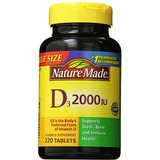
The Tailor’s bunion surgery most commonly involves making cuts in the bone, in order to heal those cuts you must have a proper supply of all of the nutrients necessary (e.g. Vitamin D, Calcium, Vitamin C, Protein ect…).
This may involve adding a Vitamin D to your daily diet, and maintaining a well balanced diet for several weeks prior to surgery, and the entire duration of your recovery.
You will need to visit your Primary Care Physician, who will perform a complete History and Physical to ensure it is safe for you to have surgery.
- Depending on your unique health situation it may be necessary to have additional studies done such as a blood draw for lab work, an EKG for your heart, pregnancy test or a chest x-ray.
You may need to talk with your surgeon about adjusting certain medications you may be taking.
- Certain medications such as Non-Steroidal Anti-Inflammatory medications (e.g. Aspirin, Ibuprofen, Acetaminophen ect…) can interfere with the anesthesia, surgical pain medications, and bone healing associated with your surgery. These anti-inflammatory medications will need to be stopped one week before you have your operation since they also increase your bleeding time.
- Blood thinning medications (e.g. Warfarin, Xarelto, Apixaban etc…) can cause complications with your surgical procedure and will likely need to be stopped. There are risks associated with stopping blood thinners and it is imperative to talk to your surgeon about which ones and how much you are taking prior to surgery.
- Steroid type medications (e.g. Prednisone, Hydrocortisone, Dexamethasone etc…) can interfere with your body’s ability to heal surgical procedures and it is important to mention them to your surgeon while planning your surgery. It is rarely advised to stop steroid medications all together, rather they should be optimized prior to surgery for your best healing.
Purchase crutches or a knee scooter or crutches
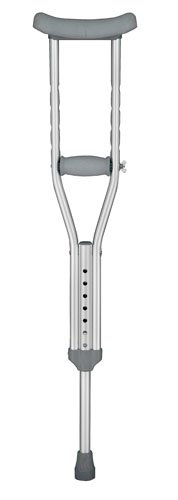
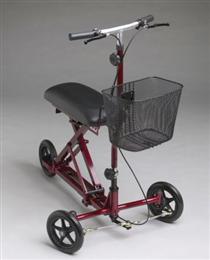
You won’t be able to put weight on your foot for 2-4 weeks after surgery. You may want crutches, which need to be the correct size and weight for you, or a knee scooter which may require some practice.
Read our complete guide to post-op crutches and scooters to decide which is best for you.
You’ll need to wash with a specific type of soap the night before and the morning of surgery. It’s important to be thorough with the surgical soap to reduce your risk of infection.
In addition to the information we give you, the surgical center may also call you the week before your surgery and tell you where you should go for your procedure, and what time to arrive. They may also remind you to wash with the pre-surgical soap, not eat any food starting 8 hours prior to your surgery, and take only the medications you discussed with your surgeon and primary care doctor with a sip of water the morning of surgery.
You may need to set up 2 follow up appointments with your surgeon to check on the progress of your healing. The first appointment will be approximately 5-7 days after your surgery, and the second usually 2 weeks after your surgery.
If you have questions or concerns at any point in time before your surgery don’t hesitate to
What should I expect after the surgery?
The first thing most people want to know about is pain management. While every patient is certainly unique in their own pain tolerance, most patients pain is well managed with prescription pain medications that your surgeon gives to you following the surgery. Between acetaminophen, NSAID medications and temporary low dose opioid medications patients usually have very tolerable pain over the days following their surgery.
- If you have experienced adverse reactions with either NSAIDS or opioid medications it is important to discuss them with your surgeon before surgery. Your pain management is unique to you, and your doctor should always understand that.
- Swelling after surgery is one of the main causes of pain. Keeping your foot elevated 1-2 pillows with an ice pack placed behind your knee after surgery reduces swelling that naturally occurs after the operation. You need to make sure you do not freeze your skin with the ice pack. Remember excessive elevation may decrease blood flow your foot.
During the surgery small screws may have been placed in the bone to stabilize the bone cuts. Most patients will not be able to feel them, and they can remain in the bone indefinitely. If the screws do cause any discomfort after the bone is fully healed, they can be removed in a second very minor surgery through small cuts in the skin.
If a temporary wire is place, your surgeon will explain how to care for the wire, and it will be removed with very minimal discomfort several weeks after surgery.
When can I start walking again?
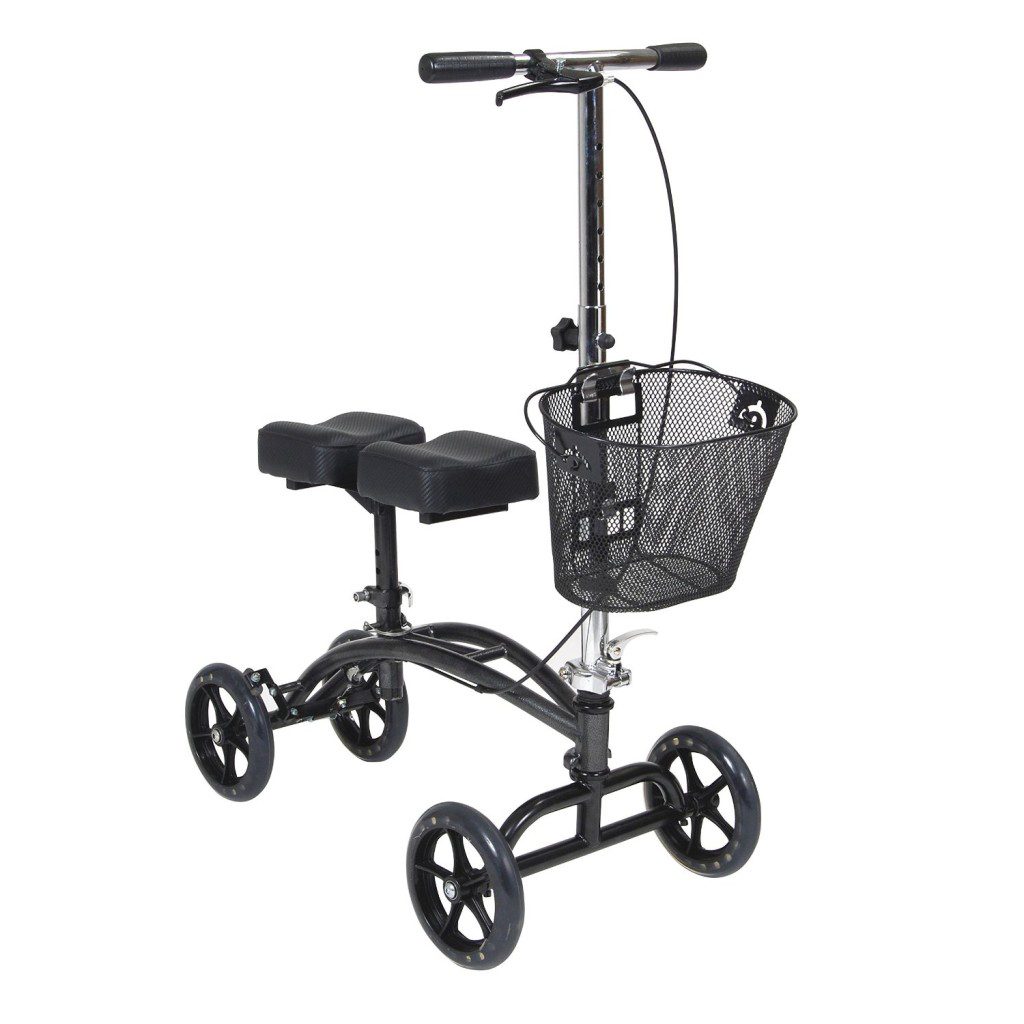
The tailor’s bunion surgery is a relatively minor surgery but you have to remember your bone is being cut and will need to heal. You will want to rest for the first week after surgery, mainly staying in a recliner or in bed with your foot elevated. You may have a follow up appointment with your surgeon 5 to 7 days to ensure that the surgical site is healing well.
As soon as you are able, you can begin using your crutches or knee scooter, while not placing any weight on your foot. You will be wearing a surgical boot to protect your foot during this time. You will not place any weight on your foot for 2-4 weeks after your surgery, and you will be seen by the doctor to ensure that everything is healing well. It’s very important to sit down and keep your foot elevated above the level of your heart whenever you can during the first 4 weeks in order to reduce foot swelling.
After 6-8 weeks on average you will slowly transition back to normal shoes and resume your daily activities without the crutches. The decision to move back to normal shoe gear is dependent on your rate of healing, which is different for every patient. The transition will be gradual, and is guided by your doctor, rather than by time.
What complications could occur?
Pain following your operation.
Here at the Foot and Ankle Center of Washington we have years of experience managing post operative pain. We have a detailed pain management plan for each person and the best way to minimize your pain is by following your doctor’s recommendations after surgery.
At a minimum, your surgeon will encourage:
- Icing intermittently
- Protecting the surgical site
- Elevating the limb with 1-2 pillows
- Carefully prescribed appropriate pain medications
Infection of the surgical site.
It is important to catch a post operative infection early so call or make an appointment with your doctor if any increase or change in symptoms after surgery. If we detect the early signs of infection we will start you on the antibiotics to combat the infection. Most infections can be successfully treated but need to be caught early so do not delay intervention. A severe infection or complication can have severe consequences.
Signs of post operative infection include:
- Fever
- Chills or shaking
- Nausea
- Loss of appetite
- Redness and temperature around the bandage or surgical site
- Unusual drainage from the surgical site
- Swelling of the foot or leg
- Significantly increased pain
Reduce your risk of infection by following the doctors recommendations carefully after surgery. It’s very important to keep your surgical site clean, dry and covered with bandages until 3-4 weeks after surgery.
You should always contact your doctor if the bandage over your surgical site: becomes wet, falls off, or you can see blood or fluid leaking through.
A blood clot in your leg.
This is exceedingly rare, however it is crucial to be aware of the symptoms of a blood clot and call your doctor immediately once you recognize you are experiencing them.
While recovering from surgery your body, and specifically your leg, is holding still for significantly longer than it is accustomed to. While your body is not moving the blood flow around your body can slow and pool, causing blood clots to form most often in the calf and leg on the side where the surgery was performed. A blood clot in your leg can go into your lungs causing a pulmonary embolism which lead to death if not caught early. If you have any chest pain after surgery go immediately to the emergency room.
Symptoms of blood clots include:
- Swelling of the foot or leg
- Chills or shaking
- Nausea
- Vomiting
- Redness and temperature around the bandage or surgical site
- Fever
- Significantly increased pain
The bone cut could fail to heal or heal in the wrong position.
In any surgery that involves cutting the bone, there is always a risk of the bone not healing back together in the proper position or at all. While this is a very rare circumstance, it has been known to occur and that is why your surgeon will take x-rays of the surgical site at follow up visits.
Many people who’s bone cut doesn’t heal have no symptoms at all, and are still happy with their surgical result. However, some patients who do not heal the bone cut may also notice pain beyond 6-8 weeks after surgery, redness, and swelling.
If there is evidence that the bone is not healing properly it will prolong your recovery time and may even require a second operation to correct the poorly healing bone.
I’ve decided to have my bunionette operated on, what do I do now?
- If you have not already, read the section in our informative bunion surgery page on choosing your surgeon, and what to look for in a surgery center.
- If you are in the Seattle area and would like to have your operation performed at the Foot and Ankle Center of Washington, call or go online to schedule an appointment with our surgeon, Dr.Hale. If you are looking to discuss non-surgical treatments and wish to avoid surgery at this time you can make the appointment with Dr Huppin or Dr. Hale
- Begin preparing for your surgery.




